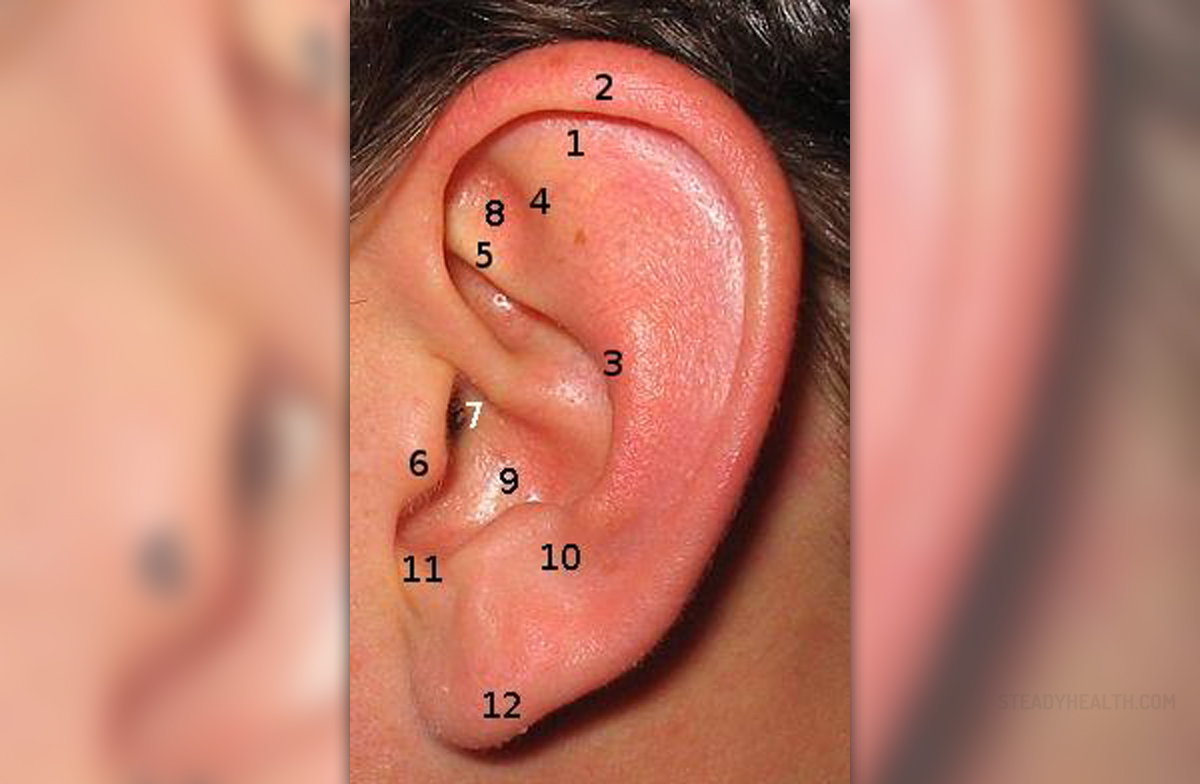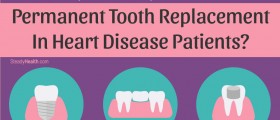Problem Not so Naive in Nature
The occurrence of a crease in the ear lobe can be innocent in nature, but also quite serious. There is a tendency to relate it to quite serious heart-related issues and conditions. Unluckily perhaps, earlobes tend to be, all too often disregarded and paid little attention to, given the fact that they are not active nor part of any vital biological function.
When it comes to earlobes, it should be pointed out that even though they are not regarded as overly active as mentioned above, they do get large quantities of blood supplies since they are devoid of cartilage and consist of strong connective tissues, i.e. areole and adipose tissues.
Possible Causes of Crease in Earlobe
Earlobes, in the greatest majority of people, are soft and smooth. However, in certain cases, there are instances when a crease appears that is induced by broken blood vessels. This occurrence is, in its nature harmful, but despite this characteristic, it can turn out to be quite concerning since there are numerous studies implying that this is a tell-tale sign of an unhealthy heart. This is not the only explanation regarding the occurrence of creases in one’s earlobe.
Other research studies have revealed something completely different from the findings mentioned above. These studies point out the direct relation of these creases to various cardiovascular diseases. Some research studies have been able to prove that there is a significant link with people, who have issues with these creases, being at a greater risk of coming down with severe heart-related problems such as heart attack.
Translated into numbers, this means that people with crease issues are at a 33% greater risk of suffering from a heart attack than those people who do not. Accordingly, those persons who have creases in both earlobes are at even greater risk, the rate rises as high as 77%.
- Several algorithms have been used to predict CAD or cardiovascular events without the use of invasive methods. These include the Framingham, PROCAM (Prospective Cardiovascular Münster) and SCORE (Systematic Coronary Risk Evaluation) engines that predict risk in populations without CVD as well as the Diamond Forrester algorithm which predicts the probability of having significant CAD in symptomatic patients
- In a recent study, the Framingham risk score seems to outmatch the other three risk scores in 1,296 stable chest pain patients, who underwent cardiac computed tomographic angiography (CCTA) to assess CAD (? 1 lesion with luminal stenosis of ? 50%). However, the algorithms often overestimate the prevalence of CAD.
- It seems that the prevalence of ear lobe crease (ELC) increases with advancing age; the same is true for CAD. The ELC is absent at birth and usually appears later in life. Recently, a study involving Japanese male patients with an ELC and metabolic syndrome (a risk factor of CAD) demonstrated the presence of shortened telomeres (extreme ends of chromosomal DNA; the shortening of telomeres implies aging) in peripheral white blood cells.
- Numerous other studies have tried to associate ELC with other diseases or coronary risk factors such as hypertension, diabetes, stroke, metabolic syndrome, peripheral arterial disease (PAD), carotid intima-media thickness (cIMT), obesity, stress and alcohol use. Park et al. found a strong correlation between ELC and haemorrhagic stroke. More specifically, ELC was independently associated with subarachnoid haemorrhage and intracerebral haemorrhage. In a recent case report, ELC was observed in a patient with sub-acute occipital infarction in the left posterior cerebral artery. Others suggested or tried to correlate ELC with stress, anxiety, schizophrenia and bipolar disorder.
- It is important to establish whether ELC is a coronary risk factor and whether this physical sign can improve vascular risk assessment. Although the majority of studies suggested an association between ELC and CAD, there are some limitations. Age, gender, race, and ear lobe shape should not be neglected if we want to evaluate the validity of ELC as a predictor of CAD. A study by Overfield and Call examined 324 healthy adult subjects (70 south western Alaskan Eskimos, 167 Navajos and 87 whites). The authors found that ELC is more frequent with age in healthy adults, creasing is related to the shape of the ear lobe, and the age of onset of creasing is influenced by race.
Opposition
However, there exist specific schools of thought that do not share these conclusions but are strongly in favor of the fact that creases as such have nothing to do with heart-related issues and ailments of any kind.
Their theory is based upon the argument that the creases actually tend to occur as the person grows older. And it is a well-known fact that people reaching the autumn of their lives are certainly more prone to suffering from a heart attack, or any other heart-related disease.


















Your thoughts on this
Loading...